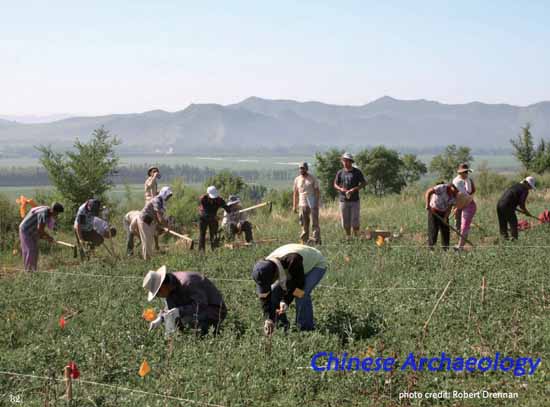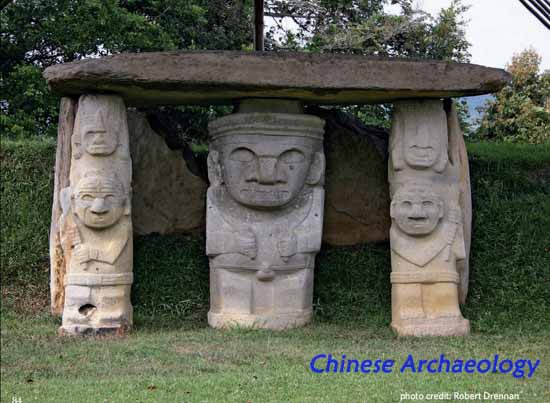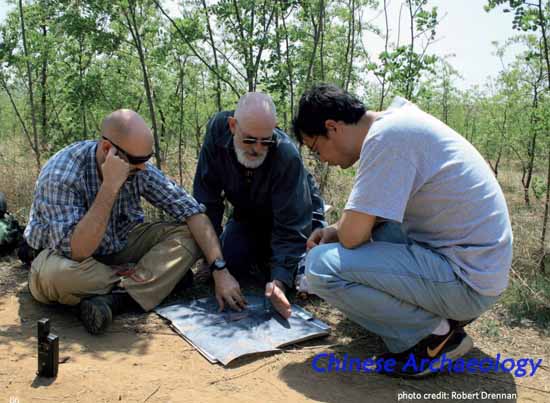Patterned Variation at the Beginnings of Complex Society
Most comparative studies of early civilizations in different parts of the world have focused on relatively late stages in their development and have relied heavily on historical sources and comparative ethnography to provide accounts of social, political, and economic organization. The cultural evolutionary tradition of comparison, going back to scholars such as Tylor, Morgan, and Spencer in the mid nineteenth century, has focused heavily on the broadly similar general trend toward demographic growth and larger-scale social and political integration. Differences in forms of organization and in the nature of developmental trajectories have either been regarded as idiosyncratic variation of little interest or used in efforts to support arguments that different models are needed to understand the social dynamics of different regions.
These ideas have developed with little reference to archaeological information about social, political, and economic organization because, until the very last part of the twentieth century and the beginning of the twenty-first, archaeology had not developed methods that provided much direct information about these aspects of prehistoric human societies. The initial stages in the development of civilizations, often referred to as chiefdoms, loosely following the vocabulary of mid twentieth century cultural evolutionary studies, are often so early that they are beyond the reach of history. Only archaeology can truly inform us about how human societies began to grow beyond the scale of the small local communities that had existed before, and about how new forms of organization emerged and developed in these growing regional-scale communities. During the past 20 to 30 years, archaeology has begun to do just that. While there is much that we still do not know about early chiefdoms, we do now have a substantial amount of information about their forms of organization, based on directly relevant archaeological evidence. The intellectual challenge of the moment is to make sense of this growing body of information, avoid getting lost in the details, and put this new knowledge to use so as to increase our understanding of the earliest foundations upon which are built the extremely large and complex social formations in which practically the entire human species now lives.

The broad similarities between early civilizations recognized by cultural evolutionary scholars are not very difficult to understand. The impulse toward demographic growth, for example, manifested itself repeatedly. Growth was neither steady nor uninterrupted, but region after region experienced episodes of often dramatic increase. This is not surprising for a biologically successful species that, as of ten thousand years ago, had just spread itself through all the world's major land masses. Higher regional population densities brought larger numbers of people into closer patterns of interaction than ever before, and new social relationships were organized in increasingly complex ways, very frequently in hierarchical forms of organization. Hierarchy is, after all, a highly effective principle of organization, and it is clear that the biological basis for hierarchical organization of social groups of varied sizes was present in early humans, as in many other species.
The different ways in which these general trends manifested themselves in different regions all around the world are also an opportunity to learn about fundamental principles of social change. Early in the twenty-first century we are beginning to have enough direct archaeological information about the nature of this variation to look for patterns in it—patterns that can contribute to greater understanding of social dynamics. Not surprisingly, we face a panorama that is more complicated than envisioned in the schemes devised by nineteenth century cultural evolutionists and updated by their successors in the mid twentieth century. We are on the threshold of a new era in comparative analysis of early complex societies. At least five important conceptual
challenges must be faced so that we can step across that threshold into a new realm of understanding of the dynamics of human societies.

First, we must base our comparative analyses firmly on the empirical archaeological data of different regions so as to be confident that we are comparing ancient social trajectories and not just different approaches to interpretation that have become conventional among archaeologists who specialize in different regions. This will require taking advantage of twenty-first-century information technology to preserve and publish, not just conclusions about our regions of specialization, but also the detailed raw archaeological data upon which those conclusions are based.
The second challenge is directly implied by the first. We must develop analytical approaches that can be applied to highly varied primary datasets that were collected in different ways. These analytical approaches must be robust enough to overcome such data incompatibilities and produce comparable pictures of the growth, development, and organizational structures of early complex societies.
Third, we will need new conceptual tools for characterizing the variability we find. These tools will need to be capable of dealing with continuous variability along a number of axes in much more sophisticated ways than the simple dichotomies and typologies we have used in the past.

Fourth, we will need to compare long-term trajectories of change, not just synchronic snapshots of societies at certain points in their development.
And finally, we will need to know a lot about a large sample of early chiefdoms in order to find the patterns in all this variability that can eventually offer us deeper understandings of how to fit together the pieces of the puzzle that is human social change.
Robert Drennan (University of Pittsburg)
Biographical Sketch
Professor Robert Drennan received his BA from Princeton University and his MA and PhD in Anthropology from the University of Michigan. He was elected to the National Academy of Sciences of the U.S.A. in 2004. He is currently Distinguished Professor of Anthropology and Director of the Center for Comparative Archaeology at the University of Pittsburgh. His research focuses on the comparative analysis of early chiefdom communities around the world. He has carried out primary field research on early chiefdom communities in Mexico, Colombia, and China.

